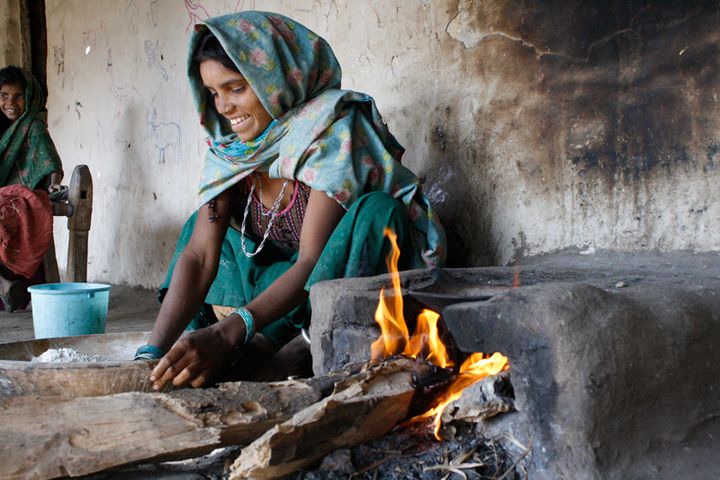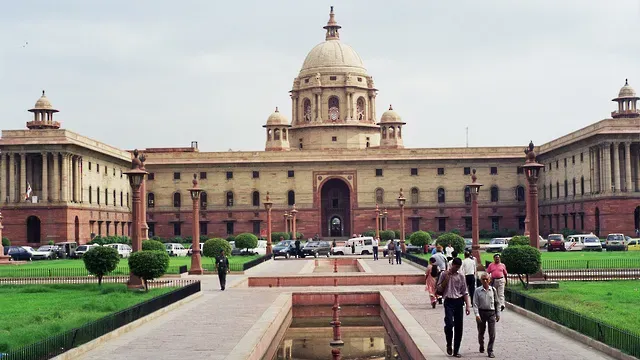The Weekend Read: Can Pakistan achieve its grand renewable energy plan?
In conversation with energy expert Syed Salman Tariq

Welcome to this weekend’s edition of Lights On, a newsletter that brings you the key stories and exclusive intel on energy and climate change in South Asia. In case you missed this week’s big story on a new climate diplomacy paradigm for South Asia after the Biden summit, you can catch up here.
If you are not a subscriber, you can sign up below, for free, or you can support my work by purchasing a membership:
Earlier in April, Pakistan presented to the world its most ambitious renewable energy target so far - some might even call it outlandish. At the Leaders’ Summit on Climate organised by the Biden administration, Pakistan’s climate change tsar Malik Amin Aslam said the country will achieve 60 percent renewables in its energy mix, and 30 percent electric vehicle penetration, by 2030.
International summits are traditionally a place for countries to boast their commitments and big targets without having to go into the nitty gritty of how they plan to achieve them, and Pakistan’s energy goal seems one of the least realistic considering the minuscule share of renewables currently in its energy mix. I spoke with energy professional Syed Salman Tariq, chief executive of the sustainability retail firm Davaam in Karachi, to see how Pakistan intends to get there.
Lights On: Before we delve into the target itself, can you tell me more about the current energy situation in Pakistan?
Syed Salman Tariq: Pakistan's energy sector is heavily reliant on the thermal sector. Over the last decade or so there was a major problem with daily blackouts due to power shortages. I joined a power utility 10 years back over here in Karachi, and distribution losses at the time were around 40 percent. My company was the only private utility in Pakistan, but things weren’t that different for government-owned distribution companies. The state of affairs didn’t change: great losses and no professional management.
Despite some improvements, power outages remain business as usual for us; businesses account for these losses and everyone in Pakistan has a generator at home – it's a normal thing just like having an air conditioner.
And there are other challenges too. Local gas production is being curtailed, and a lot of generation was gas-based. So now we have to import LNG [liquified natural gas]. The government has traditionally subsidised energy supply. But as its price went up this has created a massive circular debt crisis.
To curtail that, Pakistan joined an IMF program, and they've consistently asked the government to reduce subsidies and curb that circular debt. But obviously, increasing power prices is not a very popular move. So the government faces this quandary, hence this sudden focus on renewables as well.
While people still rely on generators, Pakistan reportedly has a power surplus. How does this work? Can a country have too much and too little power at the same time?
People in Pakistan still can’t quite believe it. There has been such a massive transition – from a power deficit for so many years, and now we're talking about a power surplus problem.
This happened because we went on to blindly building these thermal power plants without a proper demand management strategy. Power shortages are a thorny political challenge, so the last government blindfoldedly just went to add more coal and LNG capacity. And these deals came with ‘take or pay’ contracts. This means that now we have to pay for the plant to just exist, even if that plant is not producing power. So we very quickly transitioned from a country with a severe power deficit to now having an installed capacity base which will lead to a surplus in the near future.
But as far as power supply is concerned, there are still a lot of technical challenges over here, including transmission capacity. Everybody focuses on the generation side, but moving that electricity from one part of the country to another requires transmission systems and nobody focused on that. And that's one bottleneck over here. On top of that, you've got [poor infrastructure with] old wires, old transformers and questionable maintenance. The system is also very sensitive to bad weather, and whenever it rains, especially in Karachi, the entire power system is crippled.
Renewables are seen as a solution to some of these issues. Now part of the energy infrastructure in Pakistan has been developed with the support of China. What are the challenges that a radical shift towards renewables would present in that respect? Pakistan has a huge debt with China which is tied to fossil fuels.
The China Pakistan Economic Corridor (CPEC) has been very well received in the country. China has been politically very close to Pakistan and has come to the rescue. From an energy perspective, I would just say that there is a lot of coal technology being transferred from over there.
And that's one thing that for me is a contradiction. The current government is the greenest we've ever had, they talk about climate change and planting trees and shifting to renewables and setting aggressive targets. But at the same time we're championing coal.
Pakistan had absolutely no coal-based power until a few years back, and while [other] countries are moving away from coal, we are now embracing it, but this is also a constraint in a way. As you know, China is helping Pakistan adopt coal technology over here. And obviously, the power sector is a major share in that entire CPEC formula.
The new target mandates a dramatic shift to 60 percent renewable energy in the energy basket, from a negligible amount now. Is achieving this target economically feasible or possible at all?
There are challenges, pretty much like for all the countries that were really quick to announce their targets. In Pakistan, renewable targets will present challenges like building transmission capacity, because wind and solar are intermittent. Thermal power plants provide the needed baseload, and Pakistan also has a lot of very old and inefficient power plants which I assume will be retired in the next five to eight years. And while Pakistan also moves away from imported fossil fuels, new thermal power plants will still need to be built to act as baseload. So while a 60 percent renewable target will be present, you’ll still need a stable amount of fossil fuels.
The government has renegotiated around 30 deals with fossil power suppliers, moving away from ‘take or pay’ legal arrangements, and they have renegotiated power tariffs as well. They are trying to make it conducive for renewables to come in, but this remains challenging. It will be very interesting to see if they are able to achieve this because right now, we're at just less than 5 percent renewables, not counting hydro, and to ramp it up that quickly is going to be a challenge.
We outlined a number of caveats to this target. In your opinion, which would be the number one challenge to meeting it? And the biggest opportunity?
Transmission bottlenecks are one of the biggest challenges that the government needs to tackle. For example, they have built power plants in Pakistan in an area known as the wind corridor, but their production had to be curtailed because there wasn't transmission capacity to take it to the rest of the country. There's no point in doing renewables if you don't have the capacity to transmit them elsewhere.
At the same time, there's so much [renewable] potential over here. Solar radiation in Pakistan is one of the best in the world, we haven't even scratched the surface when it comes to solar. Just 161 megawatts is currently net metered in Pakistan. And then wind is also just a few thousands megawatts while there's a capacity of 50,000 megawatts in the wind corridor. There is ample opportunity, and obviously as incomes increase in Pakistan there will also be an uptick in electricity demand, because energy demand and economic growth go hand in hand.
That’s all for today! If you like what you read, please consider signing up for free or as a member:



